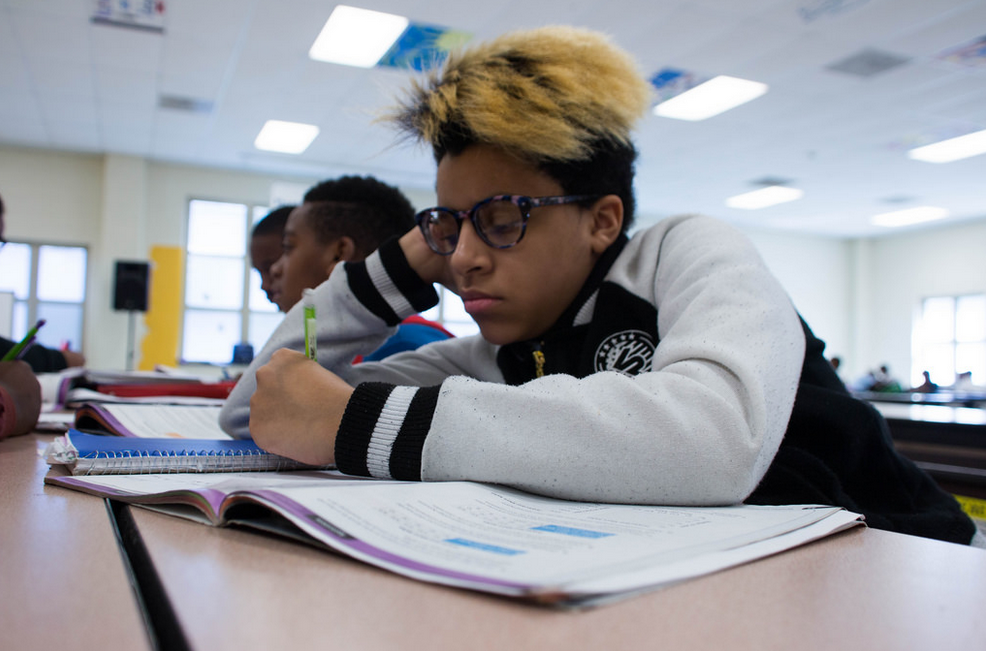When I was five, I nabbed the book my mother was reading out loud and used my fledgling phonics to sound out the captions below the pictures. Since then, reading has been one of my favorite pastimes.
But when I was in second grade, my English curriculum dictated a unit study on the Beatrix Potter stories. Every story was read, and then a multitude of vocabulary words and comprehension questions were given.
I hated those vocabulary words and comprehension questions with a vengeance. They took all the joy out of the assigned stories and made English a subject to be dreaded.
Thankfully, I loved to read so much that I made it through the year without tossing books away forever. And in hindsight, the experience taught me how important it is for schools to ensure that independent reading is not swallowed up by curriculum guidelines.
Many teachers recognize the importance of this as well. According to a recent study from Scholastic, 94 percent of educators believe that “students should have time during the school day to read a book of their choice independently.” Those teachers which have made room for independent reading in their classrooms have seen a number of benefits, including those listed in the chart below:

Despite these benefits, many teachers find themselves unable to put independent reading into practice, primarily because their hands are tied by curriculum guidelines – which are often made by those far removed from the classroom:

Today, only 36 percent of 4th graders are able to read proficiently. By the time those students complete their senior year of high school, only 37 percent of them are able to do so.
Given the confidence teachers place in independent reading, it seems likely that the nation’s reading proficiency numbers would drastically improve if teachers were able to implement such a strategy in their classrooms. Is it time we stopped tying the hands of teachers with top down curriculum directives and gave them more freedom in using the methods which they believe will work best for the children they teach?
Image Credit: Paige Bollman bit.ly/1ryPA8o
















Leave a Comment
Your email address will not be published. Required fields are marked with *